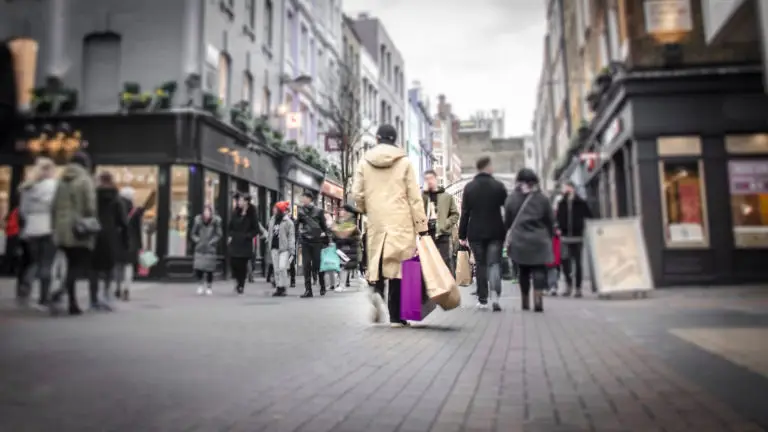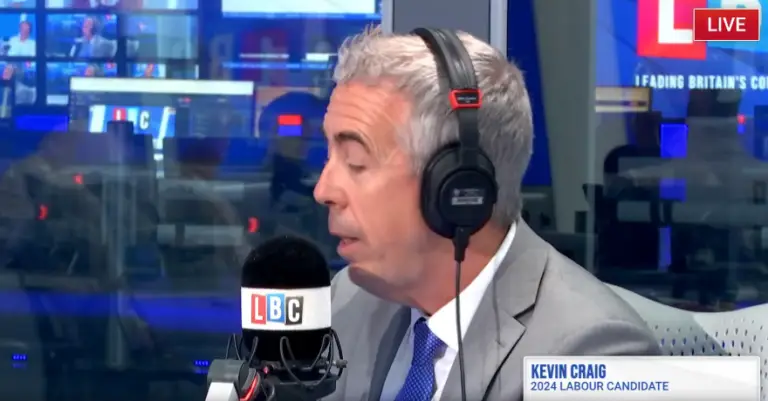Non-essential retail opens up for the first time today since December 2020. After a year of false dawns, businesses will be hoping that the Government’s unlocking will be permanent this time. But how will the high street perform after 12 months of interruptions and disruption?
With restrictions set to ease further in May, don’t be surprised if Q2 sales are above average, as people rediscover the need for clothes that aren’t jogging bottoms and pyjamas.
There are other reasons for optimism too. Although unemployment has increased, the finances of those lucky enough to retain their jobs have improved. Savings rose to a near record high in the final quarter of last year, with households adding an additional £17.1bn. For perspective, the monthly average in 2019 was just £4.6bn. The Bank of England expects this stored cash to be a key driver of future growth, and some of it will undoubtedly find its way to the high street.
But even if these factors do lead to a spike in spending, it’s unlikely to herald a permanent shift in favour of the high street. The key question is how it will perform after the novelty of entering a shop disappears, and pent-up demand subsides.
Few would argue that the high street was in great shape before the pandemic, and therefore won’t be saved by single quarter, no matter how busy. Overcapacity has been an issue for some time, with customers increasingly opting to shop online. In January, it was announced that Debenhams, a company founded in 1778, would be brought by online retailer Boohoo, an acquisition that indicates a shift in consumer habits long preceding Covid-19.
There’s also an argument that whilst some people are itching to physically visit the shops, others have become conditioned to buying online by the pandemic and have become accustomed to the convenience factor, further damaging the high street’s prospects. February’s data looks ominous for physical retailers, with spending online almost doubling year-on-year to 61 per cent. This compares with 31 per cent in the same month in 2020, just before the first lockdown.
Despite the undeniable shift in favour of online retail, there’s also evidence to suggest the high street is far from finished. Rather than disappearing, it’s more likely to adapt and adjust, focusing more on experiential retail and changing in ways that now better resembles the preferences of consumers. Signs of this happening are already starting to emerge. Successful outlets like Franco Manca have already moved on the glut of empty units and lower rent, announcing plans to open 12 new restaurants next year.
The relationship between landlord and tenant is already shifting, with turnover-based leases becoming increasingly available, allowing retailers some reprieve during downturns. However, it’s crucial the Government plays a role in creating the conditions that allow the high street to further adapt.
New rules allowing commercial premises to be converted into homes are welcome, and will not only address the housing shortages, but attract much needed footfall to struggling high streets. The relaxation of planning laws that enabled restaurants to erect outdoor dining structures and operate as takeaways could also be retained permanently.
Although many retailers would welcome these measures, a level playing between bricks and mortar and online retailers and far-reaching business rates reform are what most are after. In terms of the latter, there are concerns that the UK has an outdated and “legacy” business rates system which make it difficult for businesses to plan ahead and which has not kept up to date with technological developments, digitisation or new business models. For any business support to be long-term and meaningful, particularly in the context of a post-Covid recovery and getting the Treasury’s revenues back up again, the Government will want to think about this issue very seriously.




